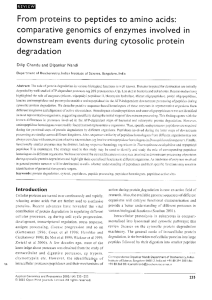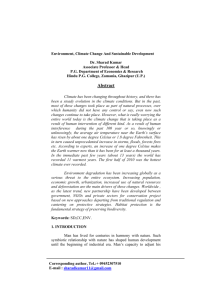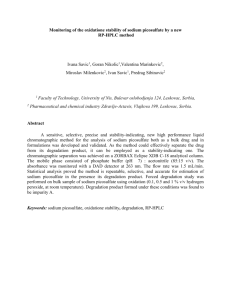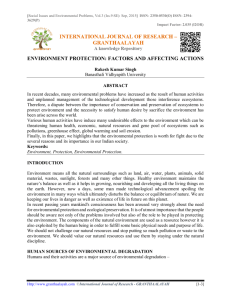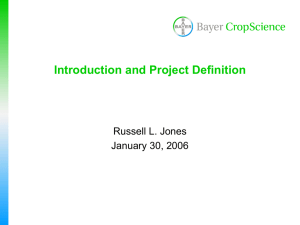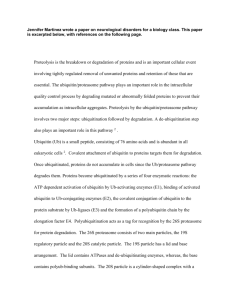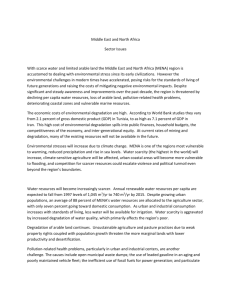Lect21.RegulProtTurnover
advertisement
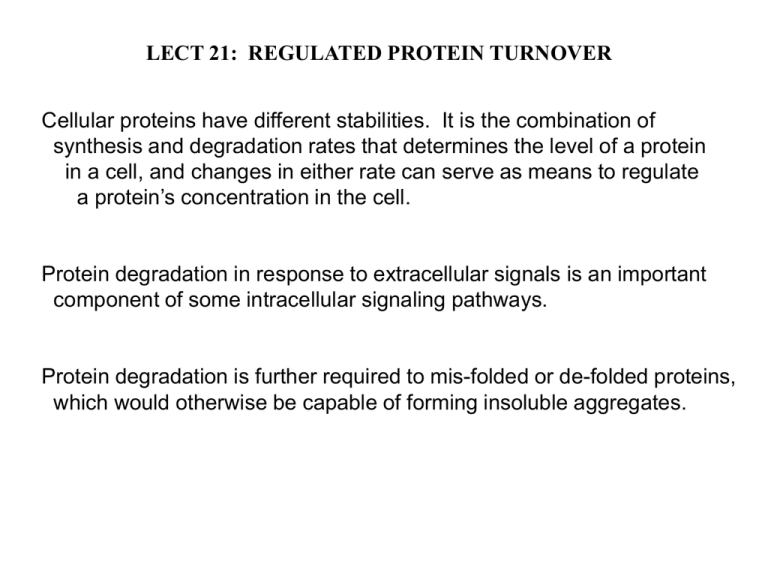
LECT 21: REGULATED PROTEIN TURNOVER Cellular proteins have different stabilities. It is the combination of synthesis and degradation rates that determines the level of a protein in a cell, and changes in either rate can serve as means to regulate a protein’s concentration in the cell. Protein degradation in response to extracellular signals is an important component of some intracellular signaling pathways. Protein degradation is further required to mis-folded or de-folded proteins, which would otherwise be capable of forming insoluble aggregates. Machinery for Protein Degradation Within Cells Cytosolic proteins targeted for degradation are digested in the 26S proteasome, a large multienzymatic structure. Membrane proteins targeted for degradation travel through endosomes to the lysosome, whose lumen contains a collection of proteases. Both targeting processes employ the covalent tagging of proteins with ubiquitin, a small 76 amino acid polypeptide. Cbl Terminates Growth Factor Signaling Thru Receptor Ubiquination EGF EGF EGFR (inactive) POSITIVE SIGNALING EGFR (dimerized, phospho-Y) active SIGNAL TERMINATION Cbl (E3) Several pathways activated for growth or differentiation Internalization, ubiquitination, trafficking to lysosome Proteasomal Degradation Can Activate Signaling Pathways: Transcription Via NFkB Extracellular Signal Proteasome Degradation IkB IKK E3 Ub Ub Ub NFkB Nuclear Transport DNA Binding Transcription Activation Ub Ub Ub
![Pre-workshop questionnaire for CEDRA Workshop [ ], [ ]](http://s2.studylib.net/store/data/010861335_1-6acdefcd9c672b666e2e207b48b7be0a-300x300.png)
